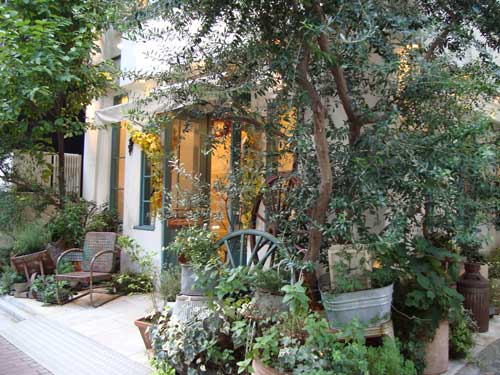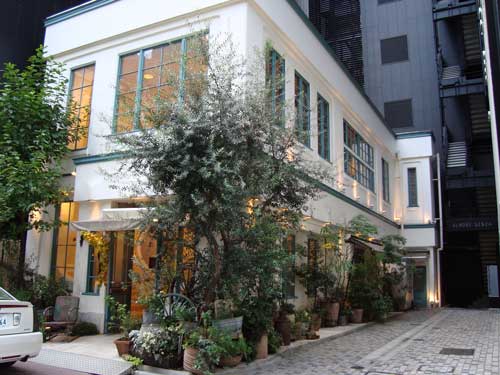
「Travel Guide to Aid Japan」という本は3.11の後、外国人にもっと日本を訪れるように勧めます。この本の編集者が、僕の「のんべい横丁」の写真を使いたいと連絡してくれました。世界の芸術家や作家やファッションデザイナー41人が、日本で一番好きなところについて書いています。この本に参加できたのがうれしいです。
I just received my copy of Travel Guide to Aid Japan, a stylish book with 40 artists, writers, fashion designers, and other cultural figures recommending their favorite places to visit in Japan. The WAttention editor had asked me recently for permission to use my Nonbei Yokocho photo, and it’s amazing how fast the book went to print. The foreward is by Alex Kerr and participants include Tokyo’s Jean Snow. I was glad to participate in this book.







